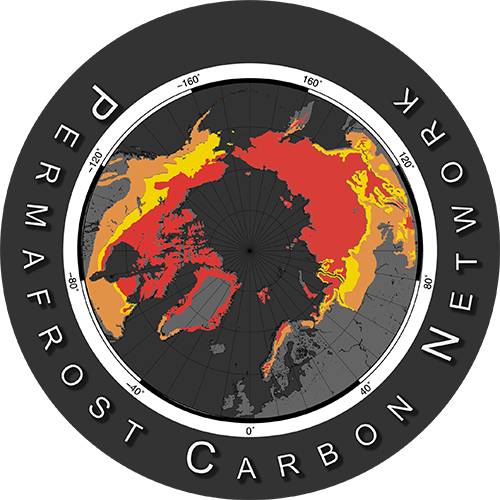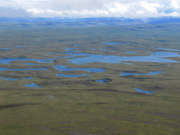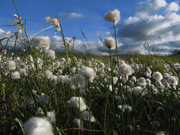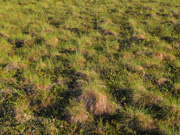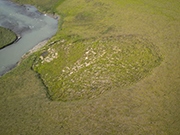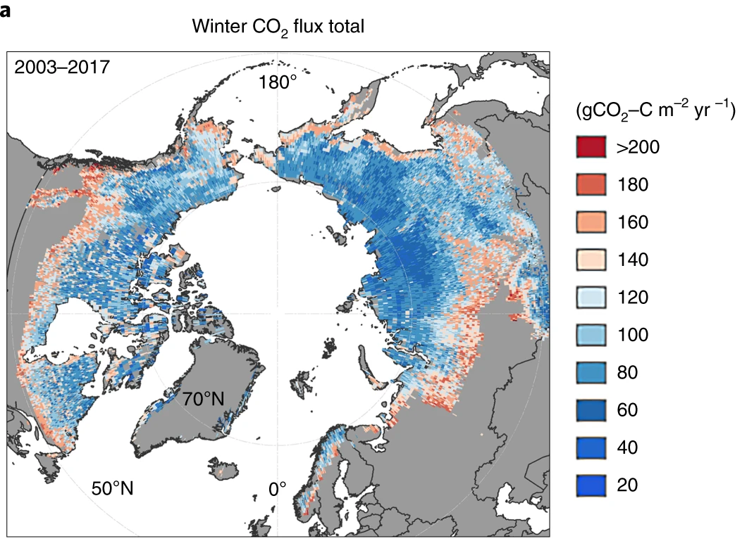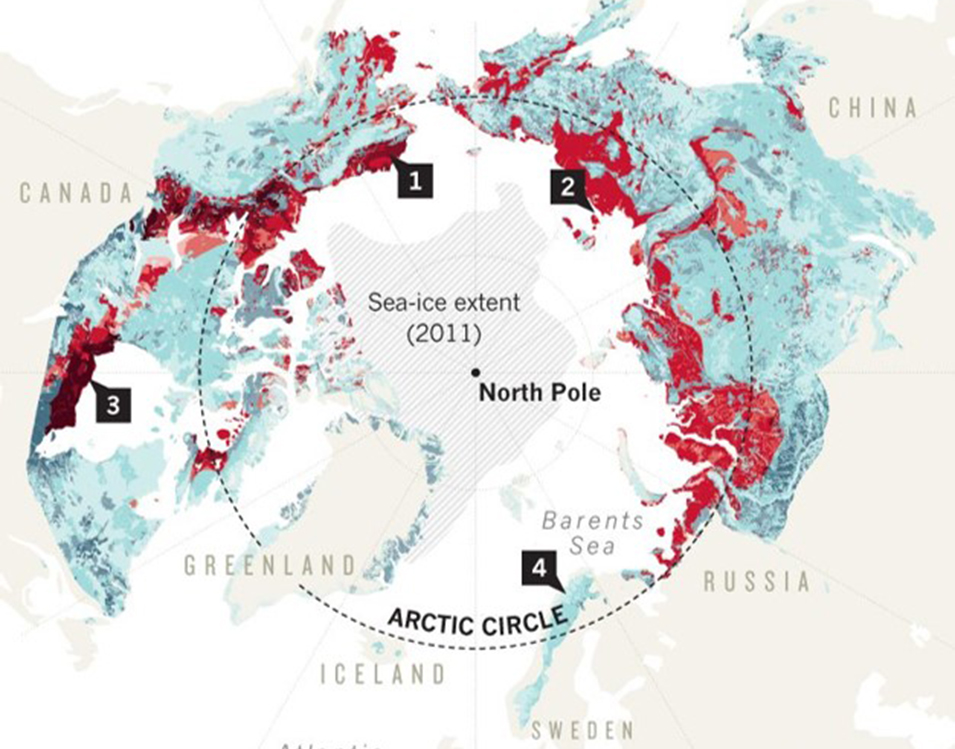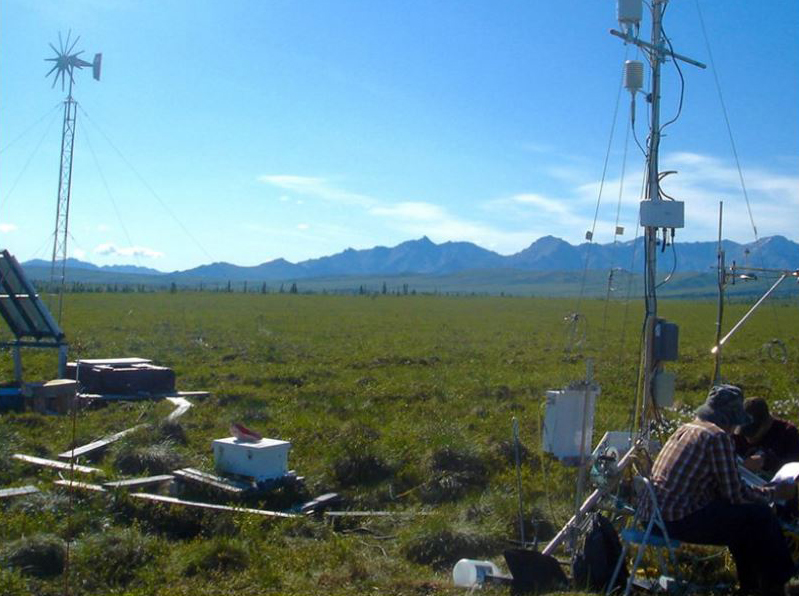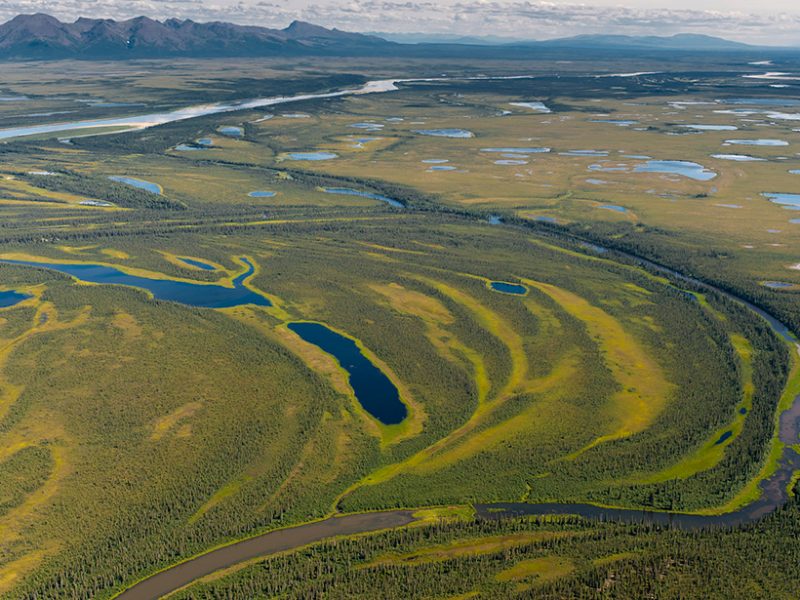A DECADE OF PERMAFROST CARBON SCIENCE SYNTHESIS |
|
 |
(November 2022) New Permafrost Carbon Network synthesis paper out now in Annual Review of Environment and Resources. Figures and content were workshopped during the online PCN meeting in 2021, and bring together a decade of permafrost carbon science conducted by the wider community. Permafrost and Climate Change: Carbon Cycle Feedbacks From the Warming Arctic Rapid Arctic environmental change affects the entire Earth system as thawing permafrost ecosystems release greenhouse gases to the atmosphere. Understanding how much permafrost carbon will be released, over what time frame, and what the relative emissions of carbon dioxide and methane will be is key for understanding the impact on global climate. In addition, the response of vegetation in a warming climate has the potential to offset at least some of the accelerating feedback to the climate from permafrost carbon. Temperature, organic carbon, and ground ice are key regulators for determining the impact of permafrost ecosystems on the global carbon cycle. Together, these encompass services of permafrost relevant to global society as well as to the people living in the region and help to determine the landscape-level response of this region to a changing climate. |
We Must Stop Fossil Fuel Emissions to Protect Permafrost Ecosystems |
|
 |
(June 2022) The policy implications are clear: the faster we reduce human emissions and draw down atmospheric CO2, the more of the permafrost domain we can save We summarize terrestrial and marine changes in the permafrost domain with an eye toward global policy. Emissions reduction targets must be strengthened and accompanied by support for local peoples to protect intact ecological communities and natural carbon sinks within the permafrost domain. We call on leaders, corporations, researchers, and citizens everywhere to acknowledge the global importance of the permafrost domain and work towards climate restoration and empowerment of Indigenous and immigrant communities in these regions. |
Microbiome assembly in thawing permafrost and its feedbacks to climate |
|
 |
(June 2022) This perspective piece describes the power of applying Assembly Theory to understanding microbial control of carbon and nitrogen cycling and climate feedbacks from thawing permafrost. The perspective proposes ideas about how disturbance intensity, time, and space affect the post-thaw microbiome as well as how these interact with the ecological and phylogenetic breadth of microbial functional guilds. From this, the authors predict the cumulative effects of assembly processes influencing the functioning of post-thaw ecosystem. |
Expert assessment on subsea permafrost carbon stocks and climate change sensitivity |
|
(December 2020) This expert assessment is the first circumarctic assessment of the quantity and climate sensitivity of organic matter and methane hydrates on the continental shelves of the Arctic Ocean Estimates by experts show that the Arctic shelves contain about 560 billion tons of carbon stored as organic matter and 45 billion tons of methane trapped in hydrate form (locked in ice). Subsea permafrost greenhouse gas accutns to about 140 million tons of CO2 and 5.3 million tons of CH4. |
|
synthesis on radiocarbon in CO2, CH4, DOC, and POC in Permafrost |
|
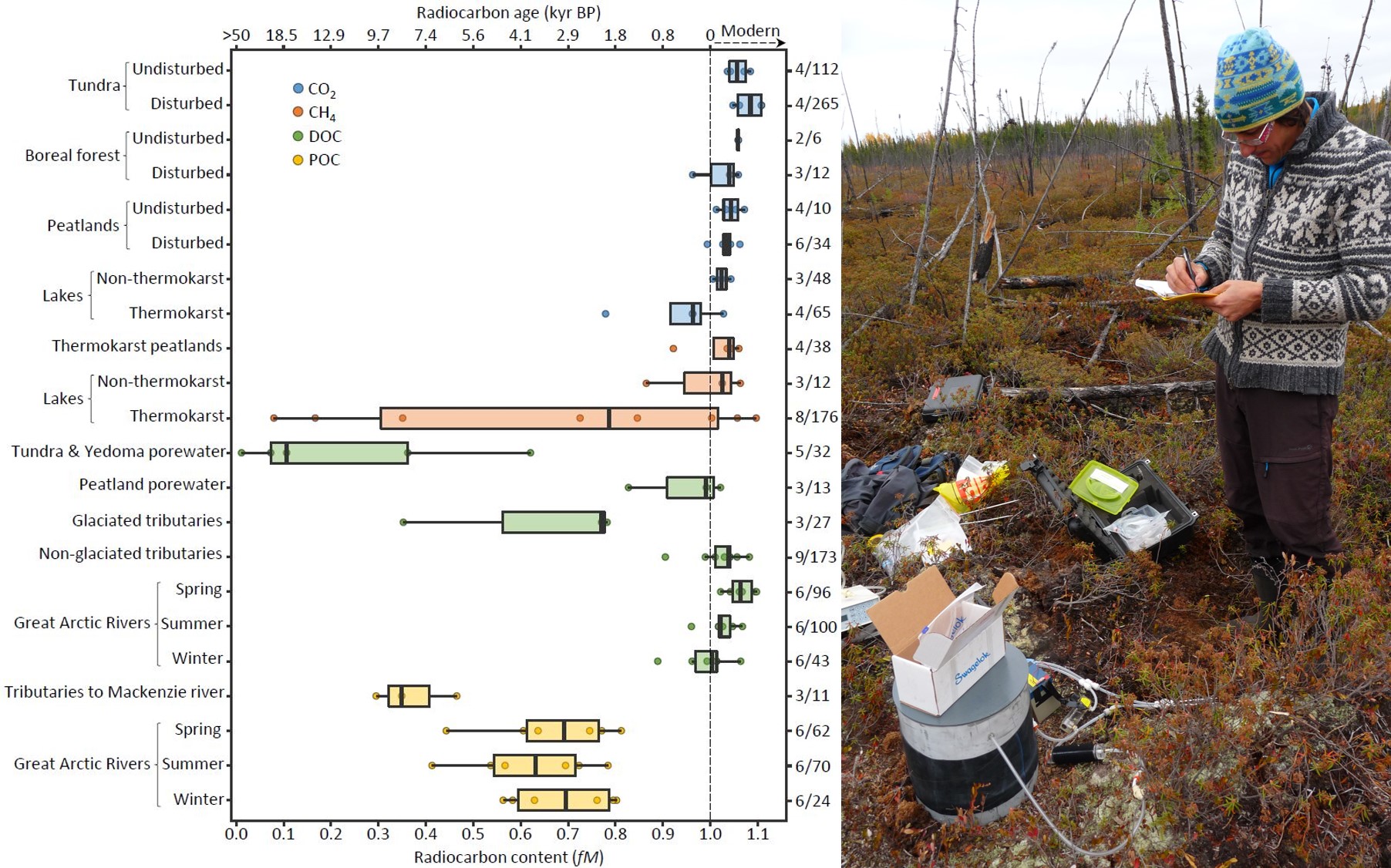 |
(September 2020) This newest synthesis got published in Global Biogeochemical Cycles assesing the potential for mobilization of 14C measurements from the Northern Permafrost Region New synthesis of 1,900 measurements of radiocarbon in CO2, CH4, DOC, and POC in the Northern Permafrost Region. This synthesis suggests widespread but not universal release of permafrost soil organic carbon following thaw. |
synthesis on abrupt thaw and carbon Published in Nature Geoscience |
|
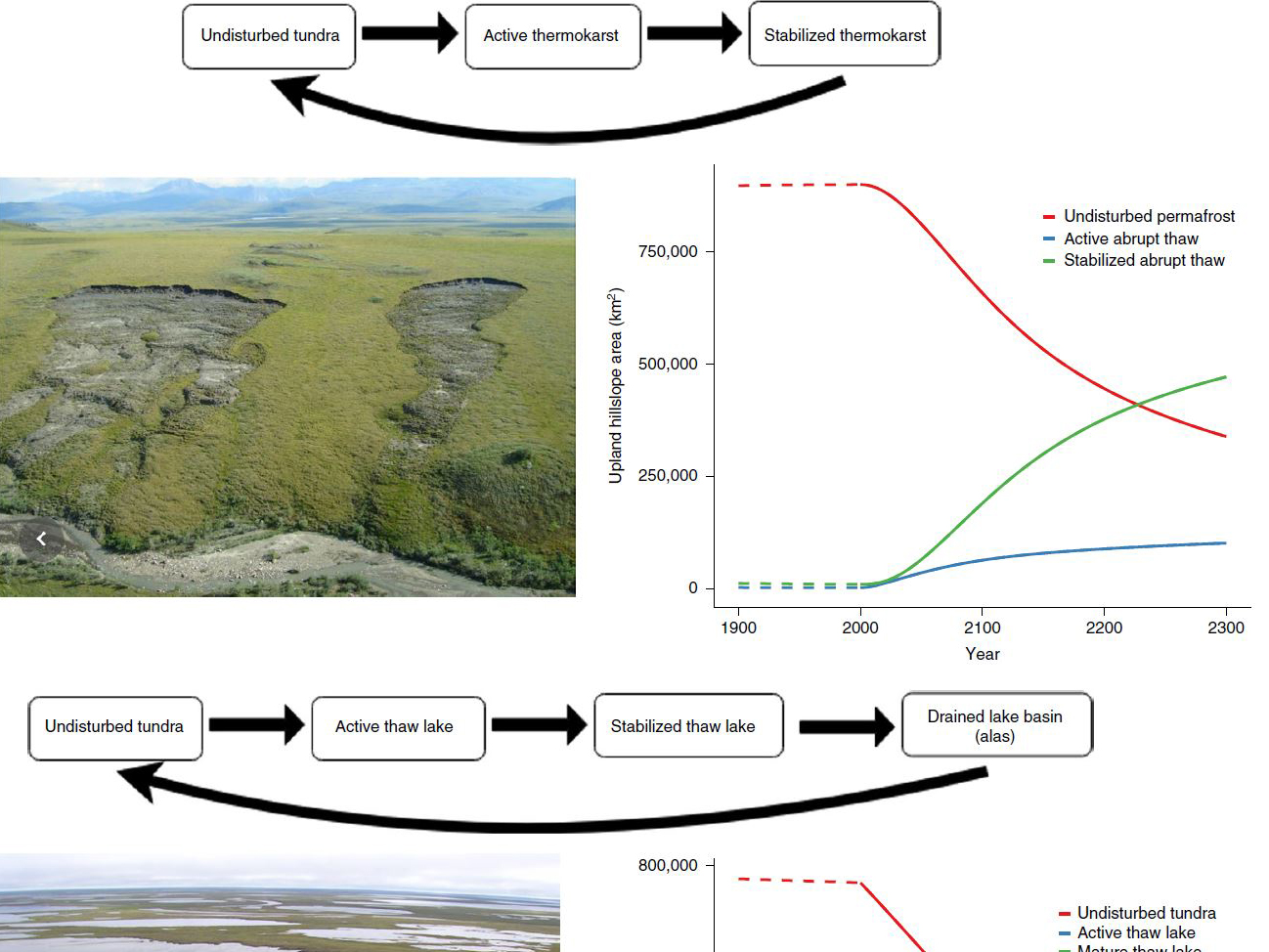 |
(February 2020) This synthesis provides a first estimate of thermokarst (abrupt thaw) carbon emissions using numerical models. Abrupt thaw occurs in <20% of the permafrost zone but could double permafrost carbon emissions. |
IPCC Special Report on the Ocean and Cryosphere in a Changing Climate (SROCC) |
|
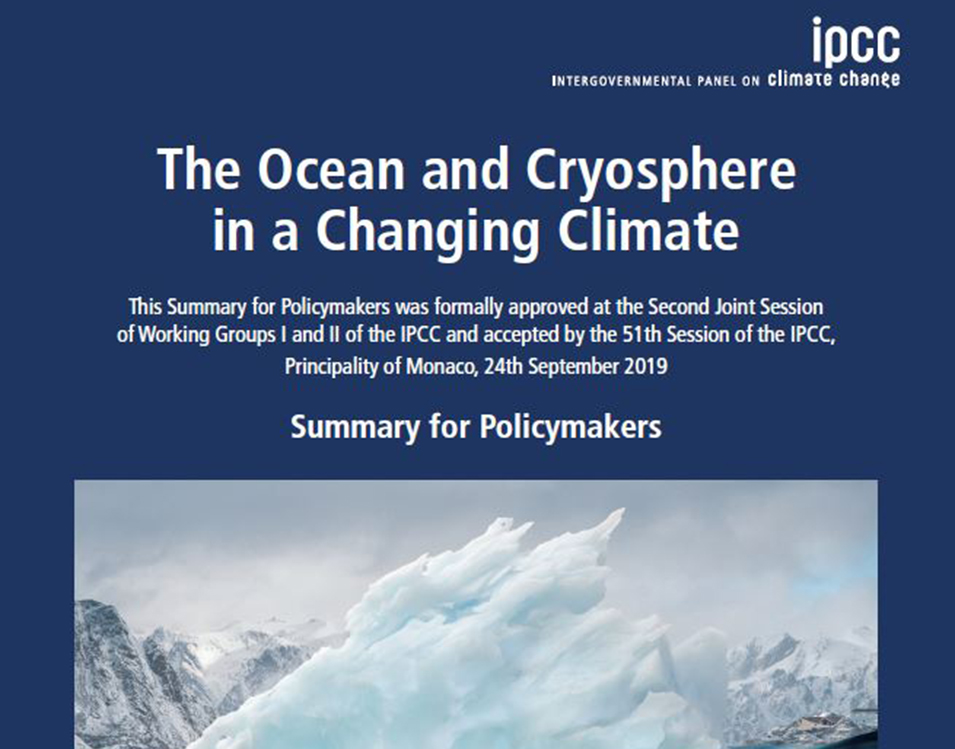 |
(September 2019) The newest synthesis of the Permafrost Carbon Network got published in Nature Climate Change. SROCC Polar Regions Chapter 3.4 focuses on 'Arctic Snow, Freshwater, Ice and Permafrost: Changes, Consequences and Impacts'. Members of the Permafrost Carbon Network took a leadership role in the report. Read the Report here |
EOS article on CO2 flux synthesis efforts |
|
 |
(September 2019) Is the Northern Permafrost Zone a Source or a Sink for Carbon?' This EOS article features our work on carbon fluxes in the circumpolar Arctic. Click here for the EOS article.
|
New Synthesis on soil thermal regimes in permafrost |
|
(August 2018) Vegetation and soils strongly influence ground temperature in permafrost ecosystems across the Arctic and sub-Arctic. These effects will cause differences rates of permafrost thaw related to the distribution of tundra and boreal forests. As the distribution of forests and tundra change, the effects of climate change on permafrost will also change. We review the ecosystem processes that will influence permafrost thaw and outline how they will feed back to climate warming. Loranty MM et al. 2018 Reviews and syntheses: Changing ecosystem influences on soil thermal regimes in northern high-latitude permafrost regions Biogeosciences 15 5287–313. https://doi.org/10.5194/bg-15-5287-2018 |
|
New Permafrost model intercomparison published |
|
 |
(April 2018) The results from this model intercomparison suggest that effective mitigation efforts during the remainder of this century could attenuate the negative consequences of the permafrost carbon–climate feedback. McGuire AD et al. (2018) The dependence of the evolution of carbon dynamics in the Northern Permafrost Region on the trajectory of climate change (in press)Proceedings of the National Academy of Sciences https://doi.org/10.1073/pnas.1719903115 |
New synthesis on yedoma permafrost |
|
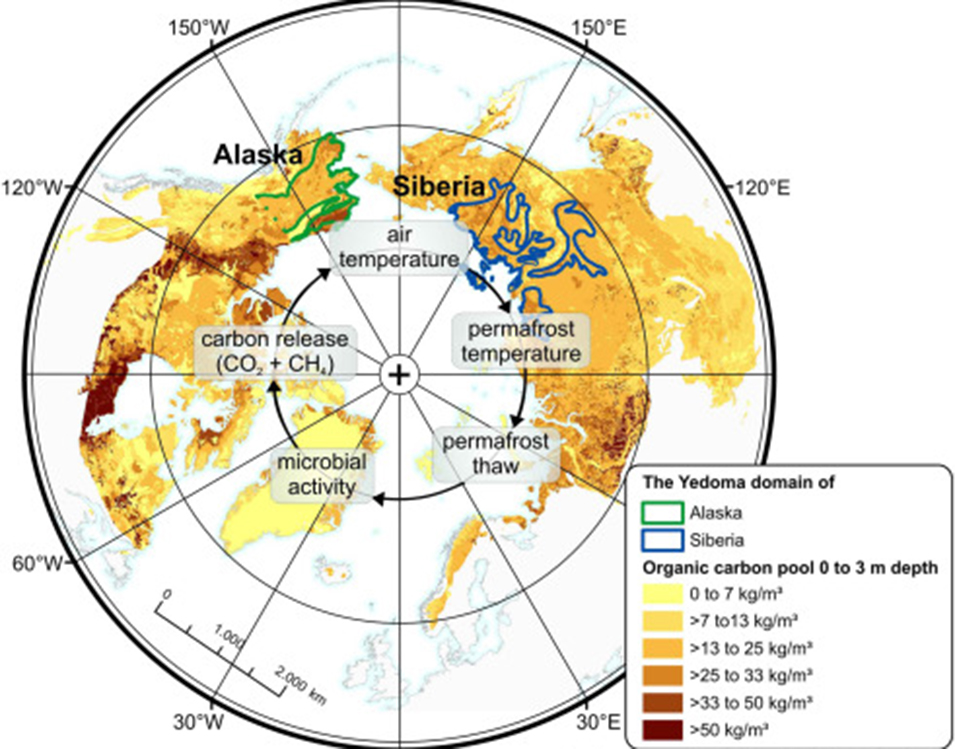 |
(September 2017) This new synthesis on deep Yedoma permafrost summarizes our knowledge on the 130 gigatons of organic carbon in Yedoma Strauss J et al. 2017 Deep Yedoma permafrost: A synthesis of depositional characteristics and carbon vulnerability. Earth-Science Reviews. https://doi.org/10.1016/j.earscirev.2017.07.007
|
NEW Synthesis on distribution of thermokars landscapes published in Nature communications |
|
 |
(October 2016) New map allows scientists to predict future greenhouse gas emissions that follow permafrost thaw Olefeldt D et al. (2016) Circumpolar distribution and carbon storage of thermokarst landscapes. Nature Communications, 7, 13043. doi:10.1038/ncomms13043 |
NEW Synthesis on potential carbon emissions after permafrost thaw published in nature climate change |
|
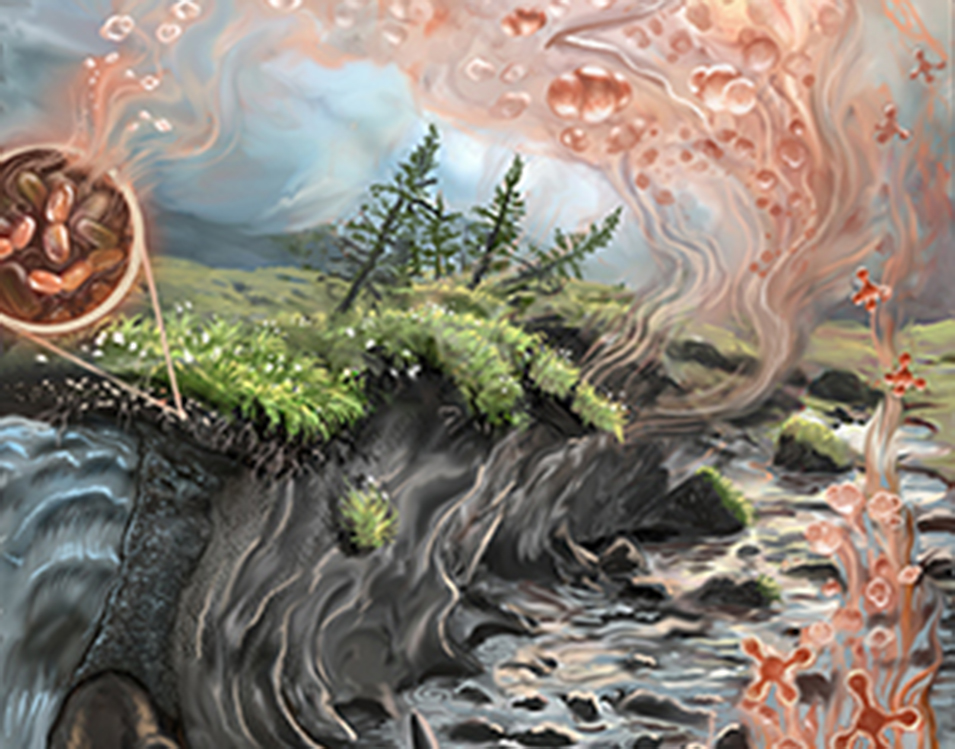 |
(June 2016) Carbon emissions from aerobic and anaerobic incubation studies and with increases in temperature, two meta-analyses Schädel C et al. (2016) Potential carbon emissions dominated by carbon dioxide from thawed permafrost soils. Nature Clim. Change, 6, 950-953. doi:10.1038/nclimate3054 |
back to top
